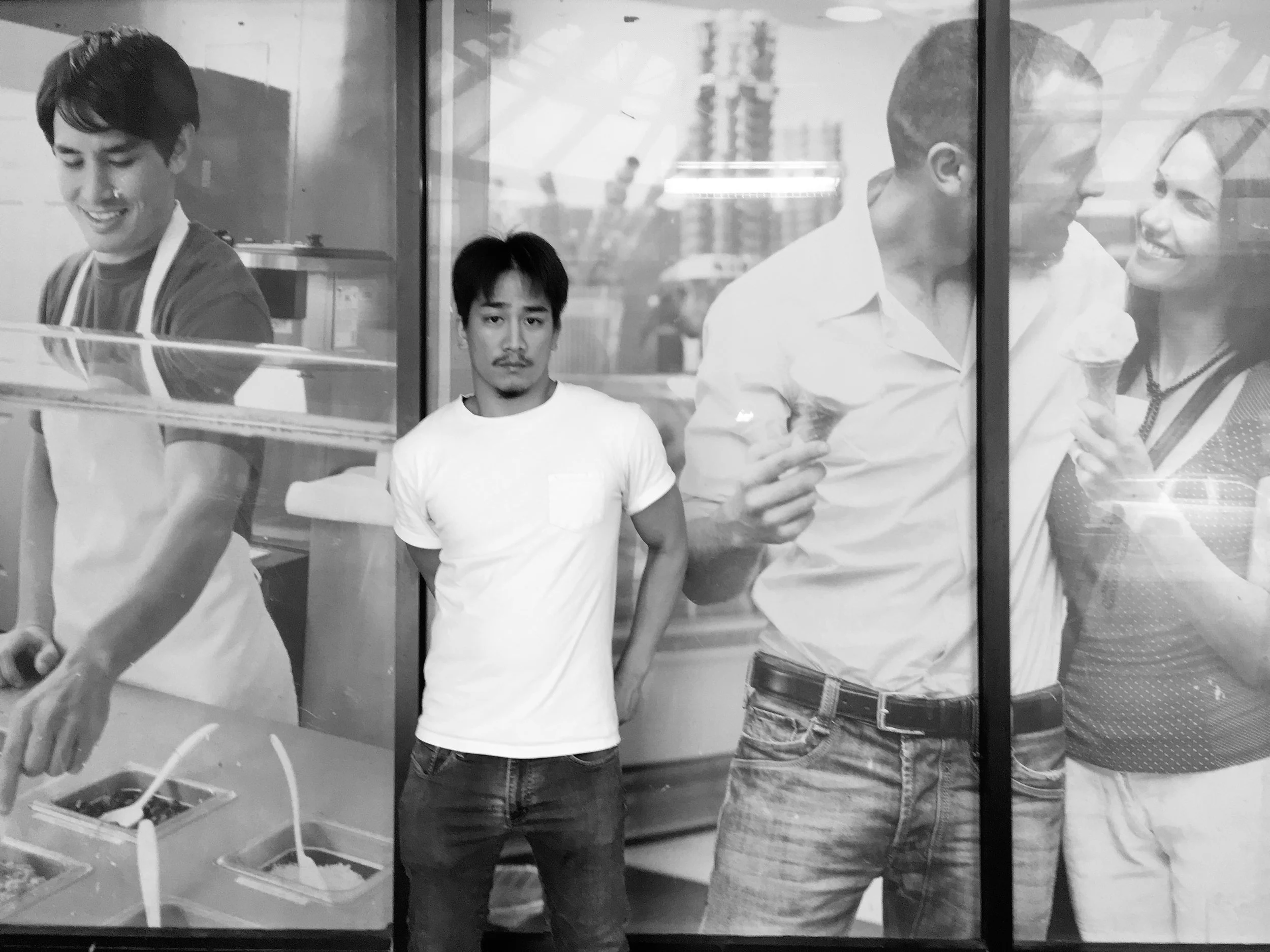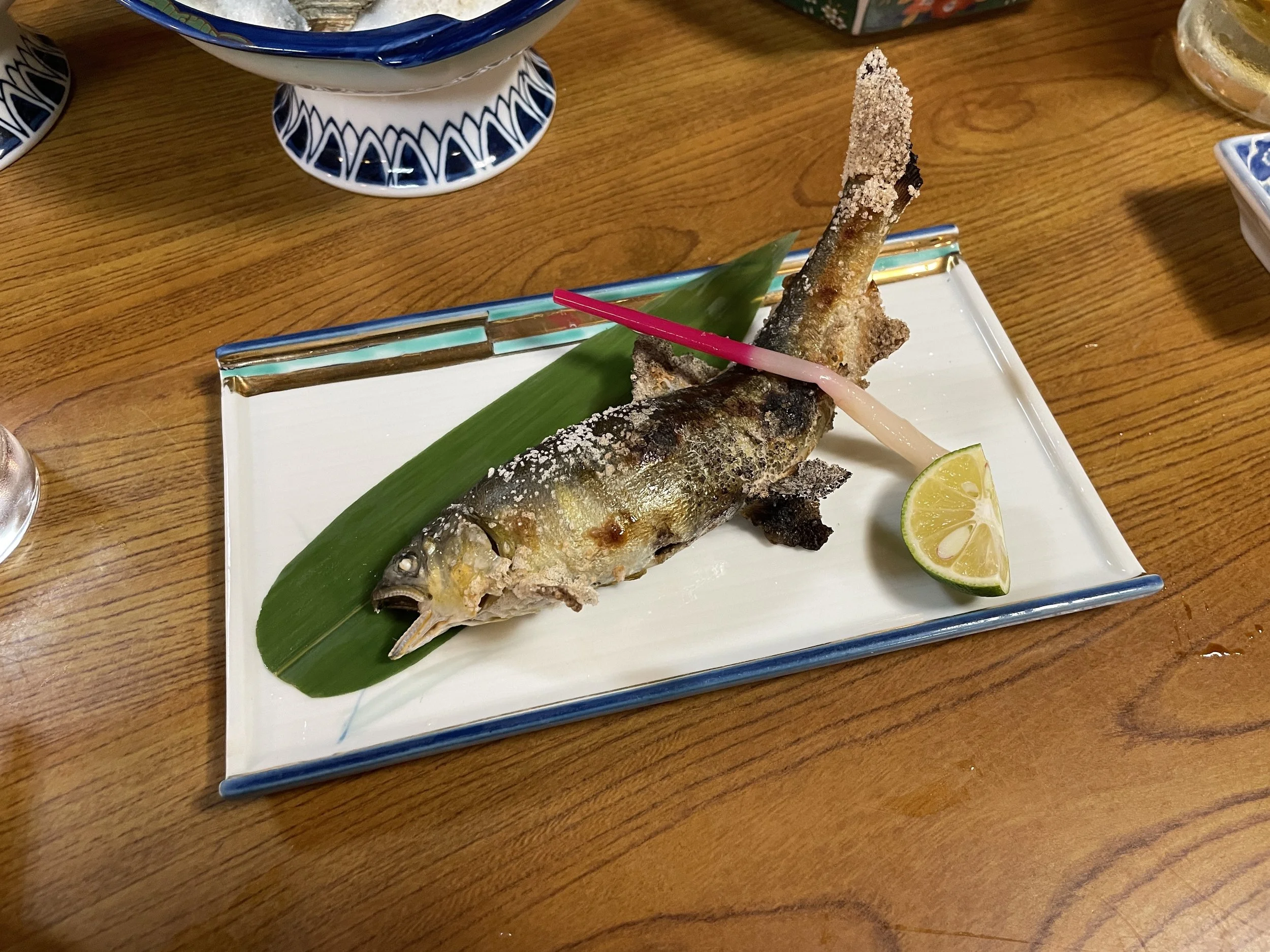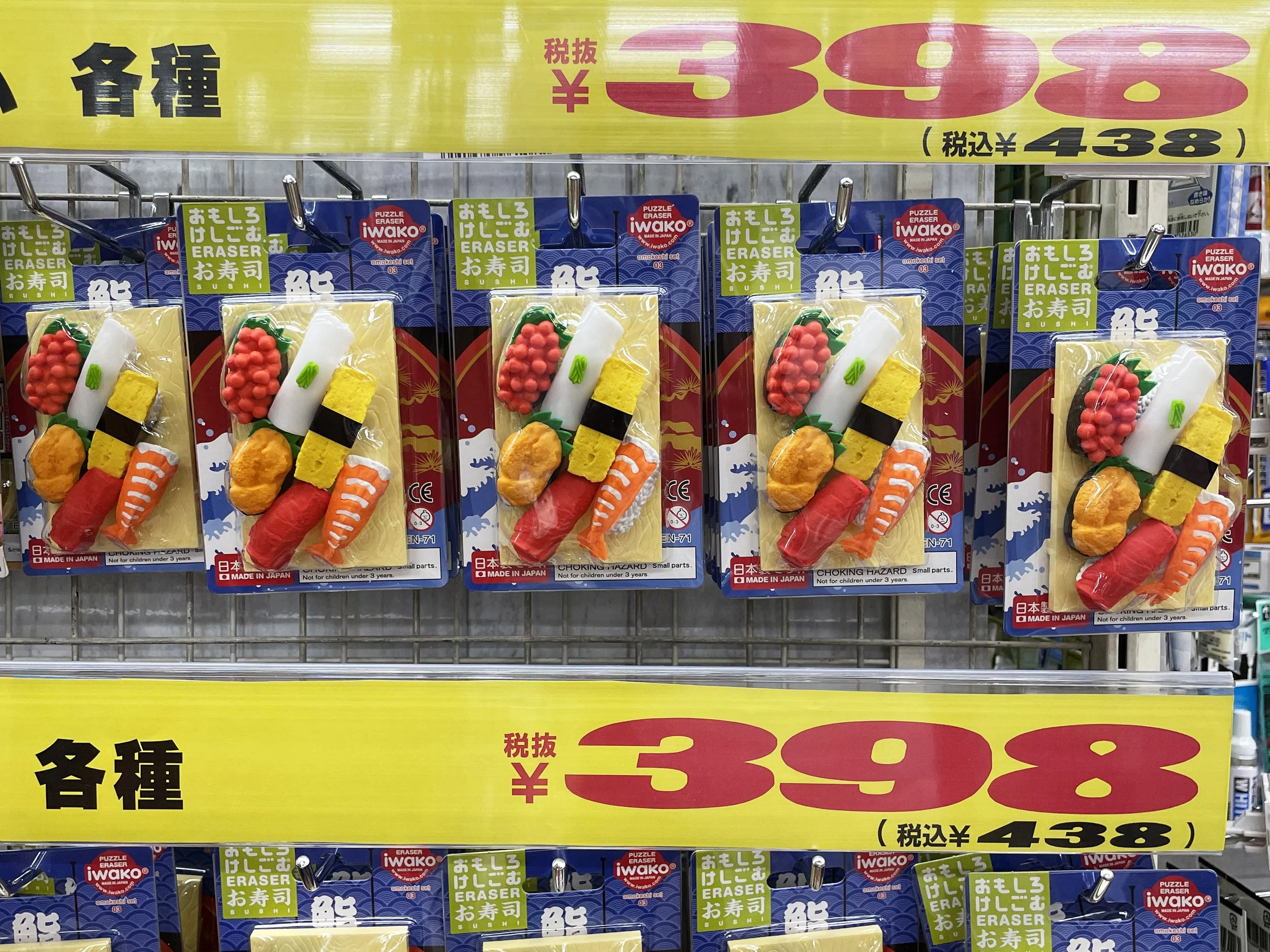What America Forgot, Japan Remembers (Part II): The Curious Case of Don Quijote
When we talk about brand strategy, what do we mean? It’s a word that gets thrown around a lot, especially by agencies.
Is it about:
Driving strategic differentiation?
Creating emotional resonance?
Fostering audience trust and recognition?
Driving business goals?
If this was a multiple-choice question, the answer would be: all of the above. But there’s a better definition:
A brand strategy is your game plan for being remembered, while everyone else blends in.
–
Speaking of blending in…
Have you noticed that everything has started to look: the same? Homes. SUVs. Startups. Coffee Shops.
First published by Adrian Hanft in 2022, the medium post Driving Conformity catalogue the homogeneity of car design.
My generation, the Millennials, is partly responsible for this. In the early 2010s, direct-to-consumer start-ups like Casper, Everlane, and Harry’s created a new playbook: sans serif typefaces, dominant color stories, cheeky, yet inoffensive copy. At the time, it was billed as fresh. Looking back, it feels…tired, predictable. Eventually, people caught on and gave it a name: “blanding.”
Filterworld by Kyle Chayka is one of several books documenting an increasingly flat global culture.
Unfortunately, it’s still going strong, being pushed forward by developments in AI and machine learning. Without knowing it, we’re all being unwittingly pulled toward a mediocre middle. Kyle Chayka, who first began documenting millennials’ aesthetic aspirations in his book, The Longing For Less, argues the flattening of culture is only being further precipitated by our increasingly reliance on algorithms and advances in AI.
If we are to find a way out, we’re going to need to look further afield, toward Japan.
I like to look abroad because to look at another culture requires one to look askance, askew: it requires abandoning what you think you know to confront what’s right in front of you. That’s the advantage of cultural relativism: you don’t have to go looking for what’s different; it will slap you in the face.
–
I first heard about Don Quijote – not from TikTok, Instagram, or a business case study – but from a dear friend @YutaKatsuyama. He runs a brand in Chicago called Kororin, which sells onigiri, that staple of Japanese conbini, in the Midwest.
Yuta. Chicago, IL. Photo by Todd Cooke.
When I landed in Tokyo in 2023 (for the first time in over 20 years), Yuta and his business partner Christina happened to be there, securing a new supplier of Japanese rice and scouting Michelin-starred onigiri shops. When we found out our trips overlapped, he invited me to tag along.
Yuta grew up in Tokyo: deep Tokyo, far north of the tourist map, in Adachi, north of Asakusa and Tokyo Skytree, a neighborhood filled with quiet backstreets that form the backdrop of Wim Wender’s film Perfect Days. There, he and his parents graciously introduced us to a lineup of local delicacies:
Hirezake (blowfish fin saké, lit on fire)
Sazae no Tsubuyaki (sea-snails, drenched in brown butter and sake, also lit on fire)
Monga (looks like slop, slaps like comfort food)
Natto (pungent fermented soybeans with sticky, cobweb strands)
After another delicious meal, I believe at a Shabu Shabu restaurant in Ginza, Yuta volunteered, “You should probably see Don Quijote.”
“What’s Don Quijote?” I asked, nonplussed.
“It’s a Japanese supermarket.” He said, coyly, effortlessly weaving us through the familiar jostle of Tokyo’s streets.
“It’s quite…” he paused, searching for the right word, “unique.”
Unique is one word for it.
–
As soon as I entered Don Quijote’s double doors, I was instantly overwhelmed, torn between the desire to run for the register and run to the hills.
DonQuijote’s portal into chaos. Photo by Todd Cooke.
There were bright yellow-and-fuchsia signs everywhere; merchandise stacked haphazardly seemingly without order; the din of the central loud speaker was somehow drowned out by dozens of talking screens, hawking specific products. Customers jostled amidst the cramped corridors, flanked by colorful, overstocked shelves—a kaleidoscope of chaos.
Then there was the dizzying array of product itself: fresh produce, anime-themed tchotchkes, IP-heavy novelties, adult toys catering to every taste imaginable, endless rows of Korean beauty products, luxury goods…all housed under the same roof, with little in the way of product differentiation.
It broke every rule of design I’d just paid grad school tuition to learn.
“What is this place?” I asked.
“It’s Donki,” Yuta replied, with a chuckle.
—
In a country revered in the West for its austerity – its fastidious cleanliness, sense of order, and sparse aesthetic traditions – Don Quijote initially struck me as oxymoronic. Then I realized, that was the appeal. This wasn’t accidental, it was strategic.
—
Founded in 1980 by Takao Yasuda, the first Don Quijote store (colloquially referred to as “Donki” in Japan) in Suginami was tiny. As one of the leading discount stores in Japan, it was buoyed, not crippled, by the end of the Japanese economic bubble. Still, Yasuda couldn’t afford warehouse space, so he put everything out on the floor. Customers loved it. Far from being a flaw, the pandemonium became a feature: part Western-influenced novelty, part treasure hunt.
It was good for business, too. Customers went in for toothpaste and left with baskets full of things they didn’t know they wanted: a kawaii Hello Kitty waffle maker, a Korean influencer-approved horse oil face cream, and a bag of ube-flavored Kit Kats. (Side note: Trader Joe’s operates on the same principle, helping to explain its appeal in Japan, where Trader Joe’s tote bags regularly sell up to ten times MSRP.)
Those who endeavor to replicate Donki’s success elsewhere consistently overlook one key feature: its brand strategy is context-dependent. It works because Japan is clean, ordered, and restrained, not in spite of it. Donki is the delightful exception that proves the rule.
That’s why tourists flock to it in droves, seeking an eccentric experience. Even Bruno Mars shot a music video there. Now it’s a TikTok darling, and gaijin influencers have become a fixture of the shopping experience, gawking at the absurdism of Japanese culture, oblivious to the fact that every culture is strange to another, America being no exception.
Meanwhile, for locals, it’s a trusted, if delightfully unhinged retail giant. It provides an escape from an environment of exacting curation, where everything is positioned as “perfectly imperfect.” In such a manicured environment, Don Quijote feels like a breath of fresh air: a space where you can find what you’re interested in, not what’s being fed to you.
–
If you’re looking to learn from Don Quijote’s example, without tripping over familiar stumbling blocks, here are four broadly-applicable brand strategy principles to emulate.
1. Work With What You Have
Turn constraints into creative opportunities: No warehouse? Use the floor. No web team? Launch a park pop-up.
2. Chaos Can Be a Feature
Clutter can become a game. Friction can spark engagement. Just as customers who are used to Michelin-starred experiences delight in a hole-in-the-wall restaurant, someone used to a sparse store display can become enthralled in an experiential maze of clutter.
3. Abundance Creates Scarcity
When shelves are full and fast-moving, customers panic. They buy before it’s gone. Your shelves are a live data field. Use them accordingly.
4. Context Shapes Strategy
Look around you. What’s the norm? What do people expect? How can use your context as a source of strategic differentiation. Minimalism is dominant in Japan—so Donki’s maximalism stands out. Remember: Your surroundings are your whitespace.
Go make some noise.











